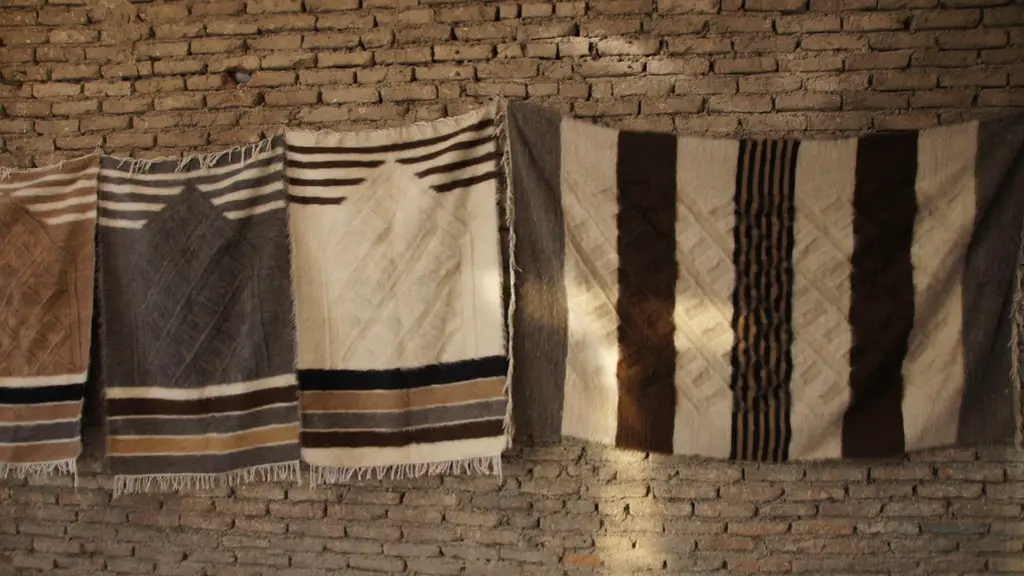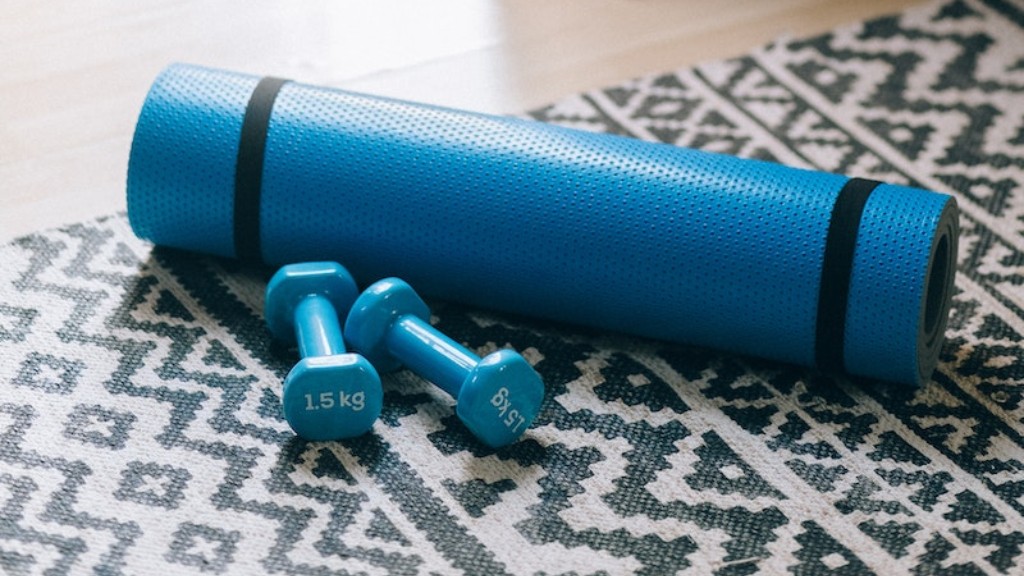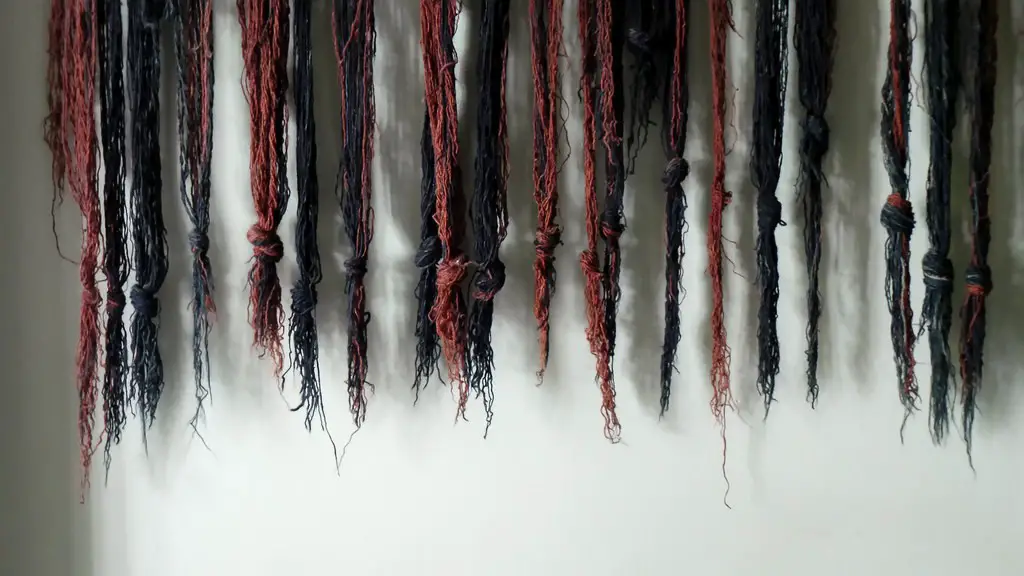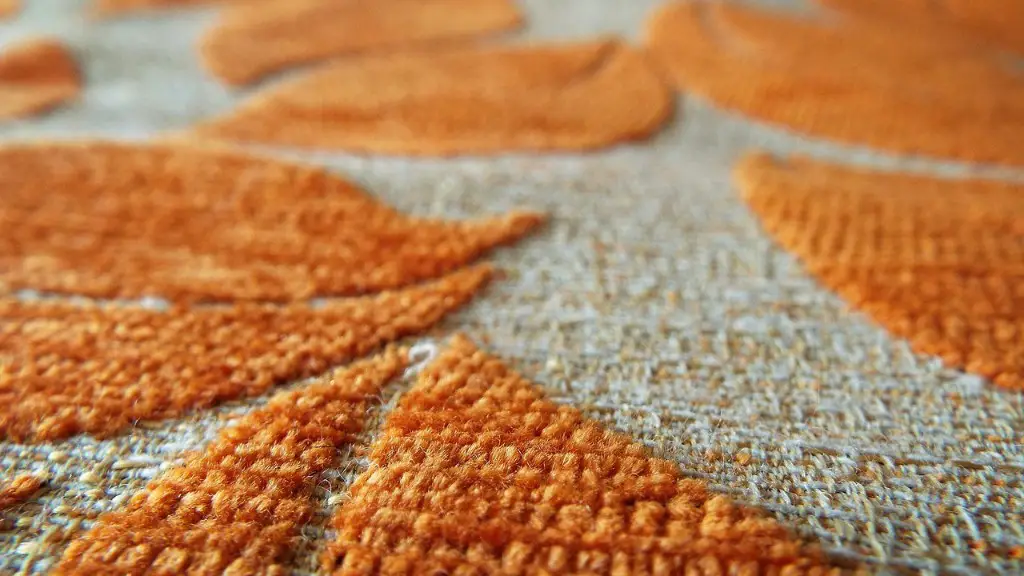Mold is a fungus that can grow on many different surfaces, including carpet. Mold can cause health problems, so it is important to remove it as soon as possible. There are a few different ways to remove mold from carpet, and the best method will depend on the severity of the mold.
If you notice mold on your carpet, it’s important to act fast and clean it up as soon as possible. Mold can quickly spread and cause extensive damage to your carpet and home. To remove mold from your carpet, start by vacuuming the affected area with a HEPA vacuum. Then, clean the area with a mild detergent and water solution. You can also use a commercial mold removal product. Once you’ve cleaned the area, make sure to dry it completely to prevent mold from returning.
What kills mold in carpet?
Mold and mildew can cause serious health problems, so it’s important to keep your carpets clean and free of these contaminants. Baking soda and vinegar is a great way to kill mold and mildew, and heat from a steam cleaner will also help to eliminate these organisms. You can also use an anti-fungal treatment, but be sure to follow the directions carefully. If you’re not comfortable doing this yourself, you can always hire a professional carpet cleaner.
Carpeting that has become wet can be dried using dehumidification and water extraction equipment. This equipment can often be rented, and will remove moisture from the carpet. Once the carpet is dried, it can be cleaned with a HEPA vacuum to remove mold spores and bacteria.
Will vinegar kill mold in carpet
Vinegar is an excellent natural cleaner and disinfectant. It has strong antibacterial and antifungal properties, making it very effective at killing mold and mildew. White vinegar is especially effective at killing mold, due to its high acidity. In fact, tests have shown that it can kill over 80% of mold species. Vinegar is also much safer to use than bleach, which can be harmful to your health.
Mold on carpet can be a serious health hazard, especially for people with allergies or respiratory problems. Inhaling mold spores can cause asthma, coughing, and other respiratory illnesses. If you suspect mold on your carpet, have it professionally cleaned or replaced as soon as possible.
Is carpet mold toxic?
Molds can produce allergens, which can cause allergic reactions, as well as irritants and, in some cases, potentially toxic substances known as mycotoxins. Inhaling or touching mold or mold spores may cause allergic reactions in sensitive individuals.
White vinegar is a great option for light to medium mold growth. Put some in a spray bottle, then apply generously. Unlike baking soda, white vinegar doesn’t need to sit for long – just for a few minutes. After, scrub until it is absorbed, then dry the area with a hairdryer or fan.
Can I leave vinegar on mold overnight?
Spraying vinegar onto moldy surfaces can help to clean them. Leave the vinegar on for an hour, then wipe the area clean with water. The moldy smell should clear within a few hours. However, it is unlikely that vinegar will be effective at cleaning mold off of soft surfaces.
Carpet signs of mold often go unnoticed until allergies start acting up or strange spots appear on the carpet. If you live in a humid environment, your carpet may become damp, even in the absence of a spill or flood. This can lead to mold growth, which can then cause all sorts of respiratory problems, as well as skin irritation. Take a look at your carpeting for any of the following signs:
-Dampness
-Musty odors
-Green, white, or black Spots
If you notice any of these, it’s time to call in a professional to clean and disinfect your carpet. Allowing mold to grow in your home is not only a health hazard, but it can also cause extensive and expensive damage to your carpeting and other building materials.
What kills mold permanently
Bleach is a powerful disinfectant that is effective at killing mold and mold spores. When bleach comes into contact with mold, it breaks down the mold’s cell walls and kills it. This process also sanitizes the surface, making it resistant to future mold growth.
Are you dealing with a moldy surface? Here’s what you need to do:
1. Let the vinegar sit for at least an hour.
2. Using a brush with soft bristles, scrub the moldy surface until the mold comes off.
3. If you’re scrubbing a rougher surface you might need a thicker brush.
4. Dry the area completely with a clean rag and throw away the used rag and brush.
Can you leave vinegar on carpet overnight?
If you’re trying to get rid of the vinegar smell from your home, you can try leaving a bowl of vinegar out overnight. The key is to wait until the vinegar has completely dried before vacuumin up the baking soda. If there’s more than a little left in the spot, you may want to scoop some of it up first.
If you have indoor mould in your bedroom, it’s extremely dangerous because you’re spending a lot of time in that space. The mould can spread quickly and cause a lot of health problems. If you’re exposed to mould, you could experience respiratory problems, allergic reactions, and even immunosuppression. It’s important to get rid of any indoor mould as soon as possible to protect your health.
How common is mold in carpet
Mold can quickly grow and spread in carpeted areas that are usually moist or damp. Area rugs and wall-to-wall carpeting can provide a perfect breeding ground for mold if spores land on wet or damp spots. Carpeting that is at high risk for mold invasion should be regularly cleaned and dried to prevent the growth of mold.
If you are sensitive to molds, exposure to them can lead to a host of uncomfortable symptoms, including a stuffy nose, wheezing, and red or itchy eyes or skin. People with allergies to molds or asthma may have even more intense reactions. If you think you may be sensitive to molds, it’s important to take steps to avoid them and to get rid of them if they are present in your home.
Can I remove moldy carpet myself?
A room full of mold can be a daunting task for one person to tackle. Even a 10-square-foot patch of mold is something you should call a professional to handle. If the mold has spread past the carpet and into the padding, insulation or floorboards, it’s also time to get some help.
If you have allergies and come in contact with mold, you may experience asthma symptoms including shortness of breath, wheezing, or a cough. People who do not have allergies can also become irritated when they inhale or touch mold or mold spores. If you think you may be allergic to mold, it is important to see an allergist to get tested.
Conclusion
To remove mold from carpet, first vacuum the area to remove any loose mold spores. Then, mix one part bleach with three parts water and scrub the moldy area with a brush. Allow the solution to sit for 10 minutes, then rinse with water and blot dry.
Mold can be extremely difficult to remove from carpet, and it is important to be very careful when attempting to do so. There are a few different methods that can be effective in removing mold from carpet, and it is important to choose the one that is best suited for the specific situation. Often times, using a combination of methods is the best way to ensure that all of the mold is removed.





